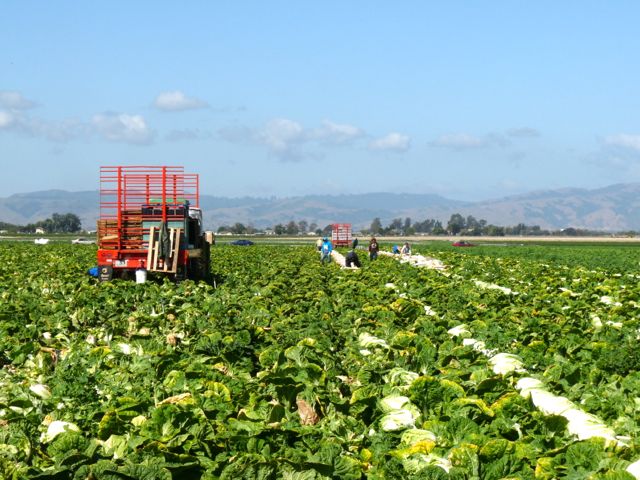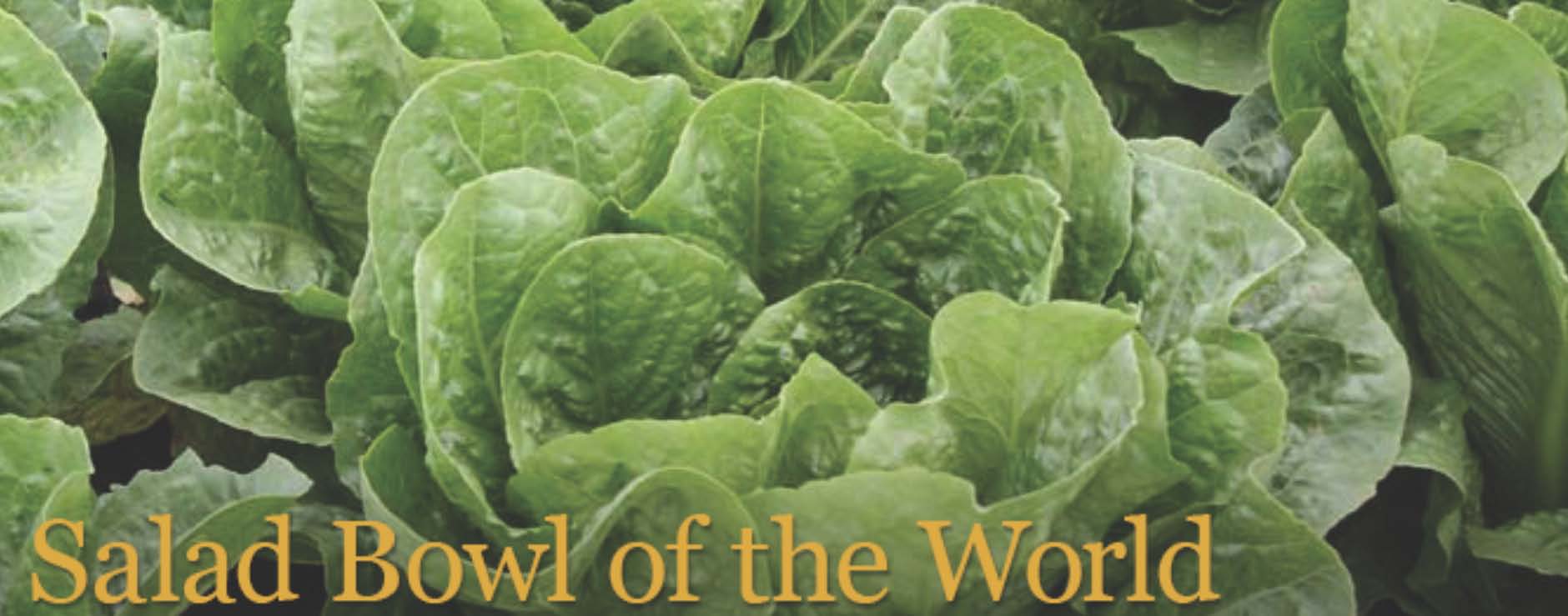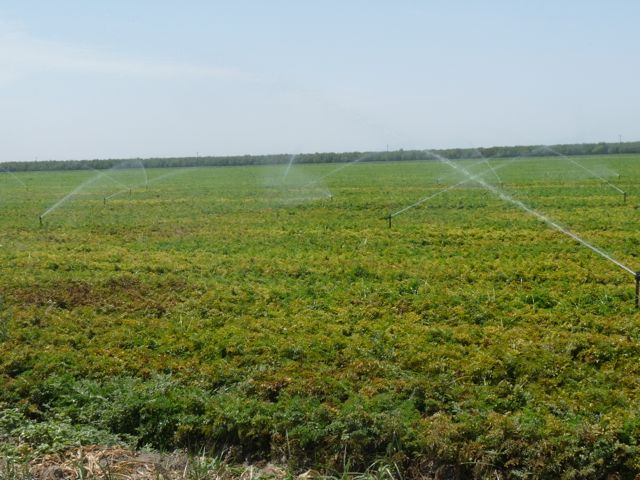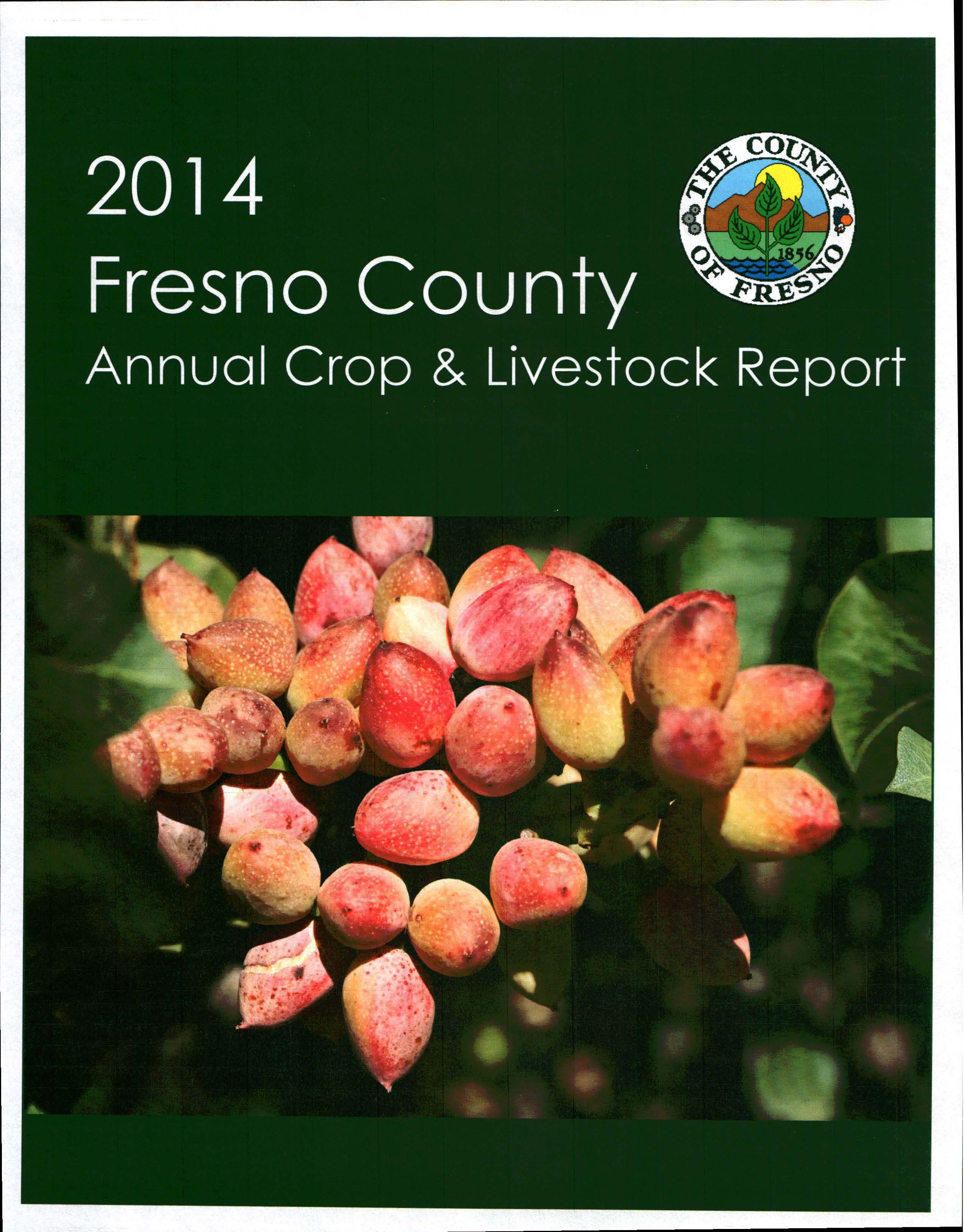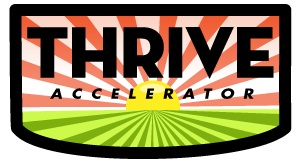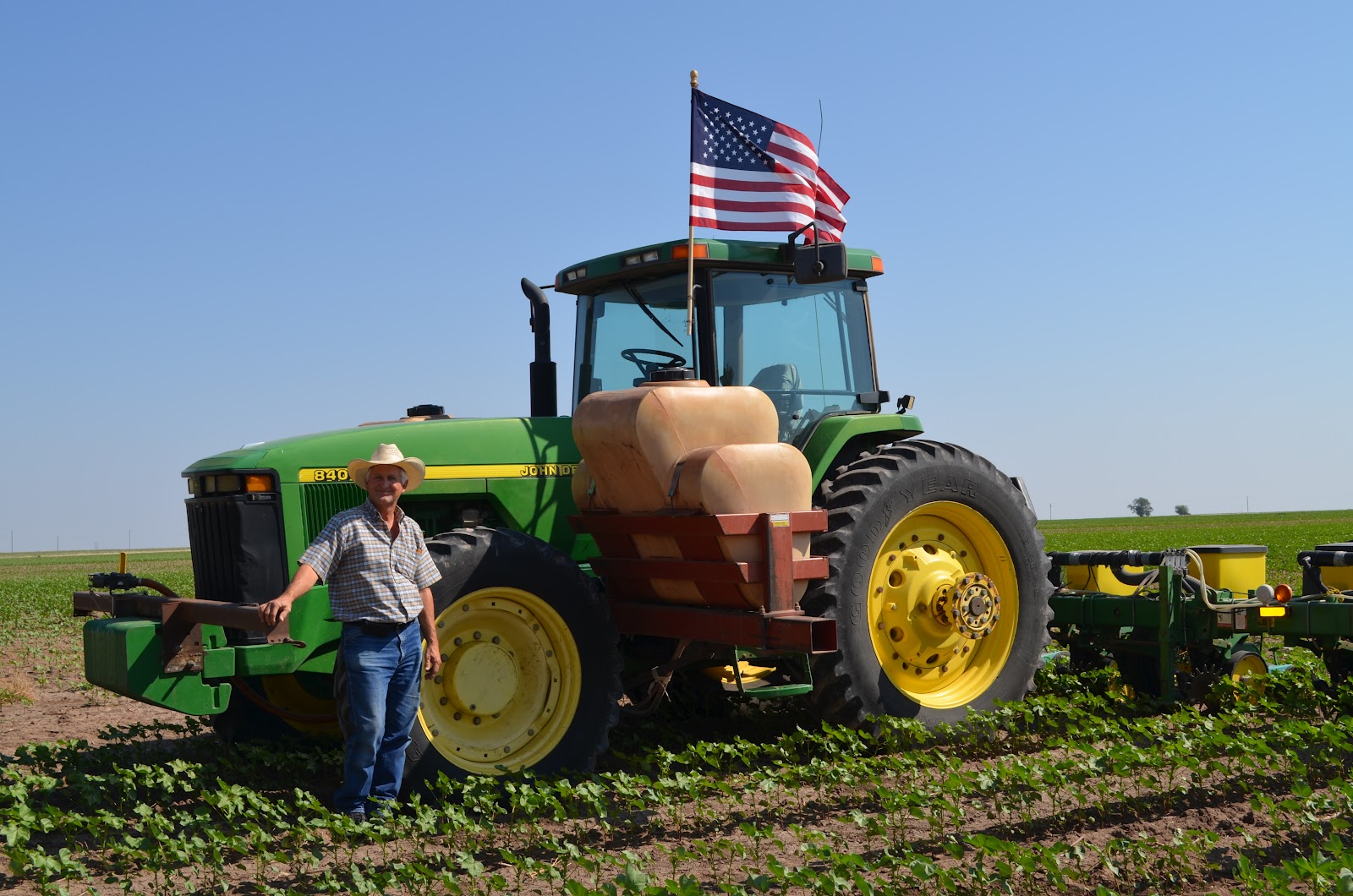Field Crops
Heat Streak and Leafy Greens
Frank Ratto on Heat Streak and Leafy Greens
By Charmayne Hefley, Associate Editor
With a high spike in temperatures in the Central Valley, growers of leafy green vegetables are concerned about the quality of their products. Frank Ratto, vice president of marketing for Ratto Bros., a diversified century-old vegetable operation based in Stanislaus County, said that although the heat streak can cause internal burns in leafy green vegetables, he is confident that, with proper management, their leafy greens will be all right.
“The summer leafy green vegetable supply is always pretty good,” Ratto said, “so prices are very stable going into the fall. But, two or three days of a heat wave like the one we’re having right now can cause tremendous damage and escalate the price of our products. That may happen and we could be a victim or we could be a beneficiary.”
Given the heat wave, Ratto said Napa cabbage growers, in particular, are facing some difficulties. “Napa cabbage does not like heat,” he said, “because it will suffer from a lot of internal burns. Many coastal growers are having issues with it, so demand is tight and supplies are very low.”
Regarding vegetable prices, Ratto said that the price of cilantro was as high as $50 per box for the last three weeks, “but now it’s coming down to the $25 zone. Mexico had some supply issues, but it looks like they’re catching up, and supplies are improving, and the price is going down.”
Other leafy greens such as leaf lettuces, according to Ratto, are in good supply and quality right now.
Ratto said Ratto Bros. has expanded their organic products to include red and La Cinato kale; red, green, and rainbow Swiss chard; leaks; and collard and mustard greens,” among others.
“We’re trying to expand our organic offerings as more people look for organics in the store,” Ratto continued. “As growers, we know that both conventional and organics are healthy and nutritious—and we don’t really see a difference—but we give the consumer what they want. As long as everybody gets healthy, nutritious food, that’s all we care about.”

